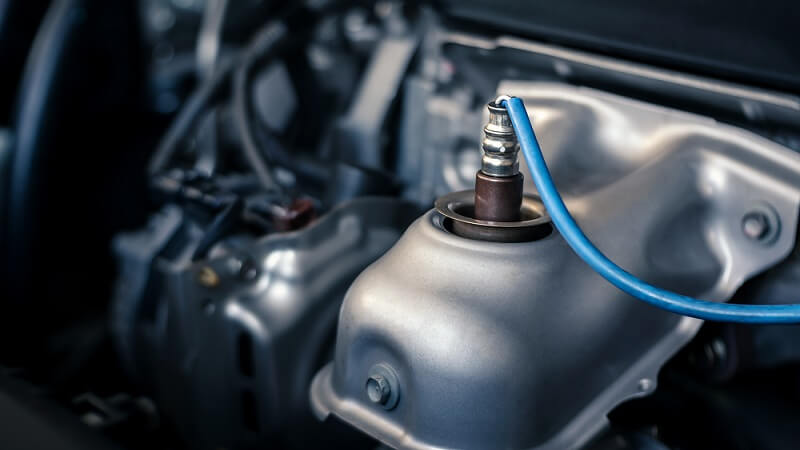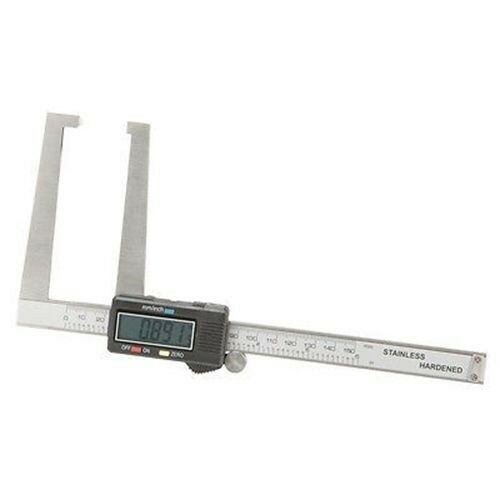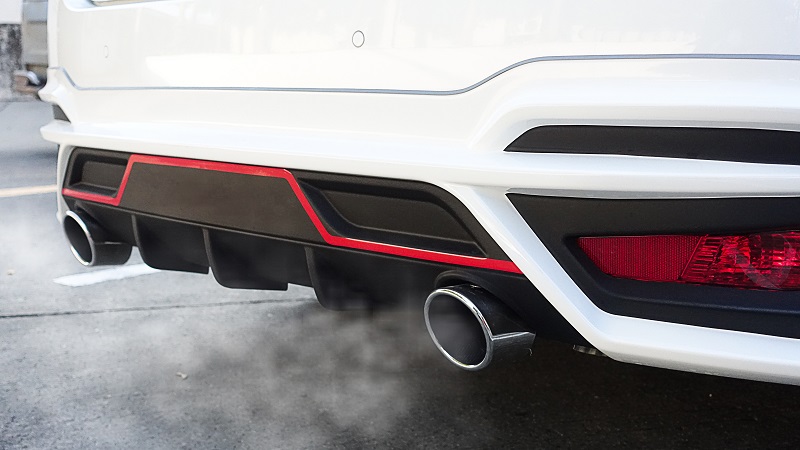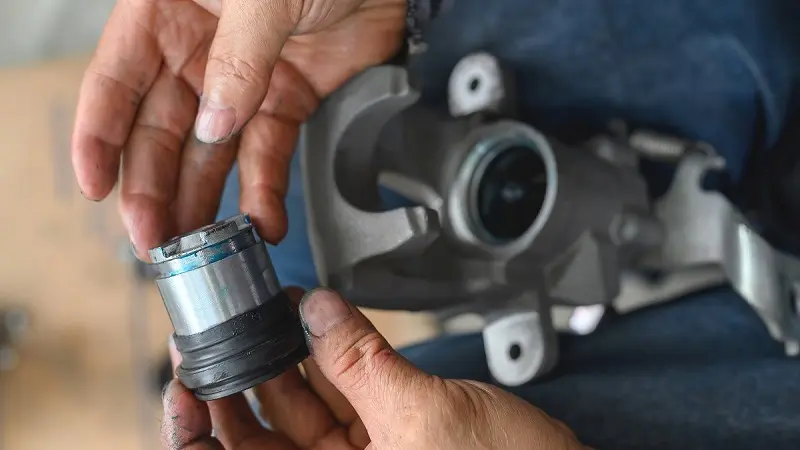There’s a lot that goes into making an internal combustion engine run the way it should. While oil is one of the fundamental parts of this complex equation, it’s of little use without being pressurized. It’s oil pressure that ensures that the vital lubricant is actually reaching key components of the engine. Without pressure, engine oil is just dead weight in what is most likely a dead engine.
The best way to ensure that you always have optimum oil pressure is by keeping an eye on the oil pressure warning light and/or oil pressure gauge. And it’s the job of the oil pressure sending unit or oil pressure switch to make sure the warning light functions as it should.
Article updated on 12/04/21. Original publishing date 04/21/21
What Is An Oil Pressure Sending Unit?
An oil pressure sending unit is a device that triggers the warning light on your dash when the oil pressure doesn’t meet the required set range.
The oil pressure sending unit is quite simple by design and two of its main components are the spring-loaded switch and the diaphragm. The latter is fed with oil and has been specifically designed to stay open under a set pressure. This pressure is exactly what pushes the diaphragm onto the spring-loaded switch which keeps the warning light off.
Conversely, if the pressure can’t be met, there won’t be anything holding back the switch from triggering the light on your dash. Causes of low oil pressure include low oil level, a failing oil pump, a clogged oil filter among other things. And all of these issues can harm your engine if not addressed quickly.
The main purpose of the oil pressure sending unit is to give you enough valuable time to react and shut down the engine before any real damage is done.
Different Types of Oil Pressure Sending Units
When it comes to oil pressure sending units, there are three types. The one that’s been around the longest is a part of the output side of the oil pump, and it’s fed by a connecting tube. This links up to the gauge on the dashboard to provide a reading.
The second type of oil pressure sending unit screws into a dedicated oil feed location. It uses a transducer attached to an electromechanical switch that sends information to the warning lights via a wire. This type of oil pressure sending unit will light up the warning light if the oil pressure drops below the set limit.
As oil pressure depends on the revolutions per minute (RPM) of an engine, this light is likely to stay on at idling speeds and switch off as the oil pressure rises with the RPM. The third oil pressure sending unit is a transducer type that uses electrical voltage output that is directly proportional to the actual oil pressure.
Oil pressure switches are further divided into three types – 1 pin, 2 pins, or 3 pins. The main difference between these three types of switches comes down to the wiring. No matter the type of oil pressure sending unit you have, they all serve the same purpose of informing you of an oil pressure-related complication
Is Oil Pressure Sending Unit the Same as Oil Pressure Switch?
An oil pressure sending unit is also known as an oil pressure switch or even an oil pressure sensor. Oil pressure sending unit is a less common name for the component these days. No matter what the part is referred to, all three serve the safety purpose of monitoring your oil pressure.
More often than not, oil pressure sending units are paired to a gauge on your dashboard that gives a real-time reading of the oil pressure. In most cases, this is an additional feature to the warning light. An oil pressure switch and oil pressure sensor also control the warning light, but sometimes, may even be able to give an oil pressure readout. It comes down to what the manufacturer of your car has decided to call the part.
What Happens When Oil Pressure Switch Goes Bad?
If the oil pressure switch or the oil pressure sending unit begins malfunctioning, you won’t have an accurate idea of the status of your oil pressure. If a bad oil pressure sending unit is ignored and left unattended, you could be running the risk of severely damaging your engine, if something were to go wrong. This is why it’s highly recommended that you get a failing oil pressure sending unit fixed as soon as possible.
Like most components of your car, an oil pressure sending unit will degrade over time. However, the difference with this component is that there’s no specific interval at which it can be expected to wear out. While it could suddenly fail, a bad oil pressure sending unit will not leave you stranded on the side of the road.
That being said, its symptoms are quite similar to the symptoms of other, much more serious issues, which means it’ll need immediate addressing. To confirm whether it’s a fault with the oil pressure switch or something else, you can screw in an external gauge in its place and get an idea of the oil pressure.
Listed below are indicators of a bad oil pressure sending unit.
Symptoms Of a Bad Oil Pressure Sending Unit?
Modern cars will usually throw an error code indicating that the oil pressure readings are inaccurate. It implies that there may be something wrong with the oil pressure sending unit. With that said, there are also a couple of other symptoms you might want to consider as well.
Steady or Blinking Warning Light
One of the clearest indicators of a bad oil pressure sending unit is a steady or blinking oil pressure warning light. If the light comes on, the first thing to check is if the engine oil level is not lower than normal.
If it’s at the required level and the engine’s oil levels are normal, and it’s running normally with no strange noises, it could be a bad oil pressure sending unit. However, if the engine is making noises that you haven’t heard before, waste no time and kill the ignition as it could be a more serious issue.
Inaccurate Oil Pressure Reading
As mentioned before, there’s also the likelihood of your car having a gauge that shows real-time oil pressure data, especially if it’s an older model. In cars with a gauge like this, it’s easier to tell if it’s an issue with the oil pressure sending unit or a more serious problem that needs immediate fixing.
If the oil pressure gauge shows an unusually low or high figure, and the car continues to sound and drive without any inconsistencies, you can be pretty sure that it’s the oil pressure sending unit. The same symptom can also be found on modern cars which are running electronic gauges. No matter what type of gauges your car has, it’s best that you get the issue sorted as soon as possible.
Use Only Quality Oil Pressure Sending Units
Considering the critical role the oil pressure sending unit plays in your engine, it has to be in tip shape. If you’re looking for a replacement unit, you should only consider getting Genuine, OEM, or quality aftermarket parts.
Here at Newparts.com, we carry a wide range of oil pressure switches, or sending units, for a variety of car makes and models. Head over to our store, select your car using our navigation tool, and find the one that best fits your vehicle!






